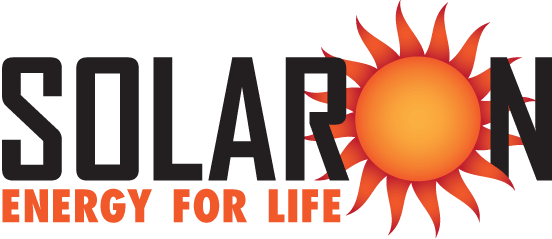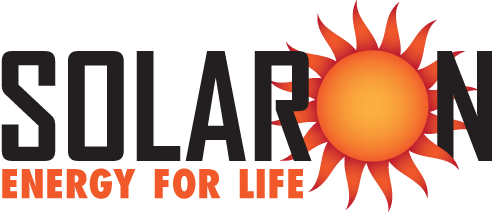
Can Solar Panels Float?
Photovoltaic panel systems can be in a lot of different places. You see them on home and commercial rooftops, on standalone mounts in fields, as giant farms in prairies and deserts, even on mobile battery banks and flashlights. And when you add the innovative approaches encouraged by developers, you will likely see different solar systems pop up in unexpected locations. One of the most fascinating locations recently introduced is not even on land.
It’s Called Floatovoltaics
Yes, that’s what it’s called. Floatovoltaics refers to floating solar farms — an array of solar panels generating electricity while floating on a calm body of water! In the last decade, more and more of these solar farms have gone into production. Since land is a precious commodity in the United States, especially in generally sunny California, experts see floatovoltaics as a viable option. Floatovoltaics has many benefits, like:
- Providing power for land-constrained areas;
- The shade and protection offered by the floatovoltaic array decreases the amount of water lost from evaporation, helping in dry climates or drought conditions;
- Preventing harmful algae blooms in water sources by reducing solar radiation for photosynthesis;
- The cost in time and money with acquiring land and permits is significantly reduced or even avoided.
Since floatovoltaics has only been around for a little over ten years, there is still much to learn about how these systems work out in the field.
Unanswered Questions about Floatovoltaics
This innovative take on proven solar technology still has unanswered questions about environmental impacts and other concerns. For instance, are floatovoltaics economical in a body of water that has a freezing season? How will it affect local ecosystems, both aquatic and land? What about monetary price, and cost of upkeep as compared to long-term production on land?
There are also those who have the “not in my neighborhood” mentality. They might have strong concerns about aquatic wildlife, as well as the view from their back porch. Thankfully, developers take this into consideration from the start. These farms are not placed on recreational lakes or ponds in housing developments. In nearly all cases, they are placed on human-made bodies of water like reservoirs or wastewater storage ponds. They don’t need to be that deep, and they sometimes add a better look to an otherwise unsightly location. (In the latter case, you get to choose the floaters you’d rather see.) Besides respecting ecosystems, floatovoltaics wouldn’t be the best choice on lakes or rivers with heavy amounts of flowing water, or ones that experience choppy water.
Examples of Floatovoltaics
Where was the first floatovoltaic system brought online? In March 2008, a wine producer in Napa Valley turned on a floatovoltaic solar array for the first time. Far Niente winery needed to use their land for wine. They gazed upon their irrigation pond, and California innovation produced nearly a thousand solar panels fixed to pontoons, spread across an area that was merely holding irrigation water. Following their example, the Sonoma County Water Agency and a corporate farm in Dixon have floatovoltaic systems deployed. Countries like Switzerland and the Netherlands are producing floatovoltaics on isolated bodies of water that are otherwise unused. Desperate for renewable energy sources to reduce pollution, China is also creating many floatovoltaic locations, while Japan owns 56 of the 70 largest floatovoltaic installations.
Floatovoltaics and You
Does this mean you can have a set of solar panels floating in your backyard swimming pool during the winter? Unfortunately, Solaron does not offer that option at this time. However, we do offer the Heliocoi swimming pool heating system to keep your swimming pool temperature enjoyable for longer periods of time. So whether you heat your pool with solar power, or use it to electrify your home, it’s just another example of how solar power is keeping our electric lifestyles afloat!

